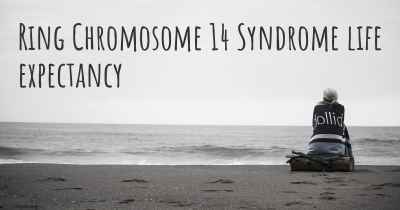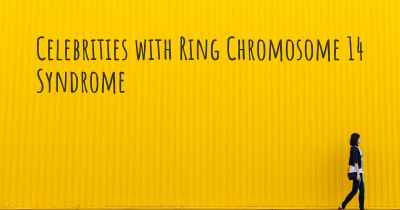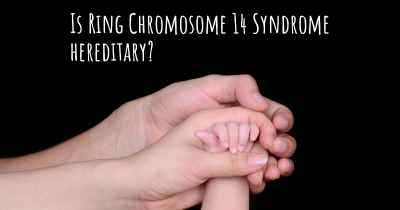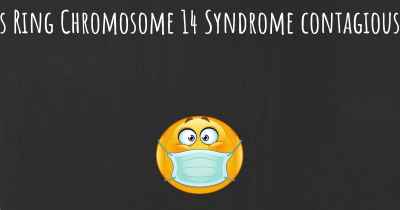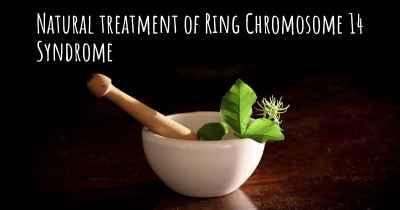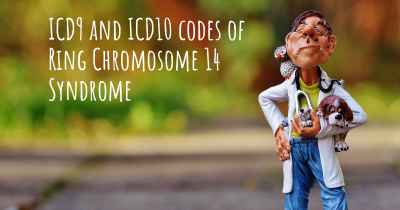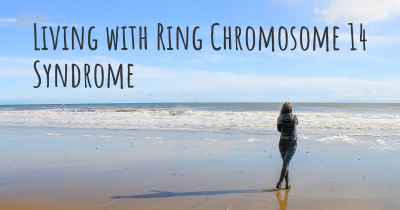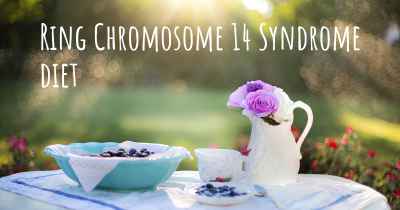What are the best treatments for Ring Chromosome 14 Syndrome?
See the best treatments for Ring Chromosome 14 Syndrome here
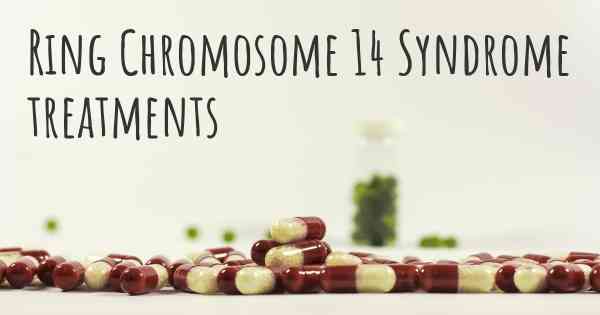
Ring Chromosome 14 Syndrome is a rare genetic disorder caused by a ring-shaped chromosome 14. This condition can lead to a variety of physical and developmental challenges. While there is no cure for Ring Chromosome 14 Syndrome, there are several treatments and interventions available to manage the symptoms and improve the quality of life for individuals with this condition.
Early intervention and therapy: Early intervention is crucial for children with Ring Chromosome 14 Syndrome. Occupational therapy, physical therapy, and speech therapy can help address developmental delays and improve motor skills, communication, and overall functioning. These therapies are tailored to the specific needs of each individual and can greatly enhance their abilities and independence.
Seizure management: Seizures are a common symptom of Ring Chromosome 14 Syndrome. It is important to work closely with a neurologist to develop an appropriate seizure management plan. This may involve the use of antiepileptic medications to control and reduce the frequency of seizures. Regular monitoring and adjustments to the medication regimen may be necessary to ensure optimal seizure control.
Behavioral and educational support: Individuals with Ring Chromosome 14 Syndrome may experience behavioral challenges and learning difficulties. Behavioral therapy and specialized educational programs can provide support and strategies to manage these issues. Individualized education plans (IEPs) can be developed to address specific learning needs and promote academic progress.
Medical management: Regular medical check-ups are essential for individuals with Ring Chromosome 14 Syndrome. Monitoring growth, addressing any associated health conditions, and managing co-existing medical issues are important aspects of medical management. Genetic counseling can also be beneficial for families, providing information about the condition, recurrence risks, and family planning options.
Supportive care: Providing a supportive and nurturing environment is crucial for individuals with Ring Chromosome 14 Syndrome. This includes creating a structured routine, ensuring a safe living environment, and offering emotional support. Support groups and community resources can also be valuable for families, providing opportunities to connect with others facing similar challenges and share experiences.
Research and clinical trials: As Ring Chromosome 14 Syndrome is a rare condition, ongoing research and clinical trials are essential for advancing our understanding and developing new treatment approaches. Participation in research studies and clinical trials can contribute to the development of more effective interventions and potentially improve outcomes for individuals with this syndrome.
Conclusion: While there is no cure for Ring Chromosome 14 Syndrome, a multidisciplinary approach involving early intervention, therapy, seizure management, behavioral and educational support, medical management, supportive care, and participation in research can greatly improve the quality of life for individuals with this condition. By addressing the specific needs of each individual, it is possible to enhance their abilities, promote their development, and provide them with the best possible care and support.
